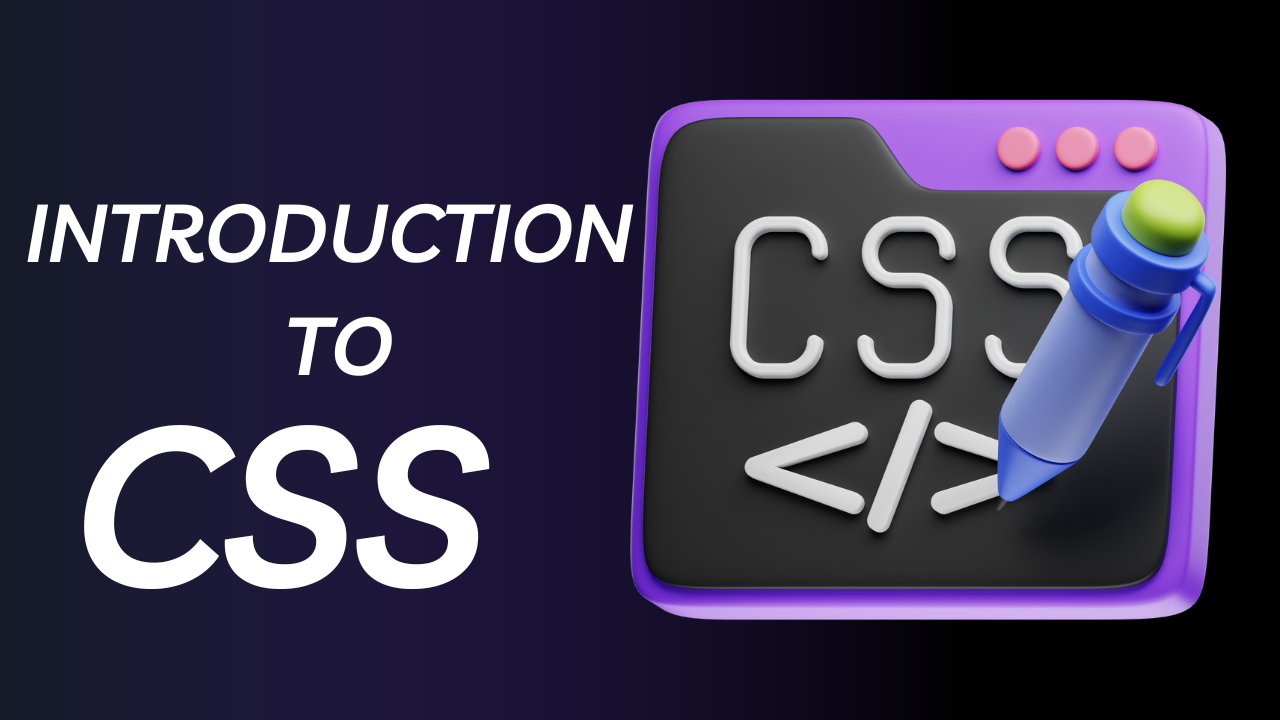CSS (Cascading Style Sheets) is a fundamental technology in web development, enabling developers to design visually appealing and user-friendly websites. It works alongside HTML to define the layout, colors, fonts, and overall aesthetics of a webpage.
What is CSS?
CSS is a stylesheet language used to describe the presentation of HTML elements. It allows web developers to separate content from design, making websites more efficient and easier to maintain.
Why CSS is Essential for Web Development
- Enhances Visual Appeal: CSS allows the customization of colors, fonts, and layouts, improving the overall look of a website.
- Ensures Responsive Design: It enables websites to adapt to different screen sizes, crucial for mobile optimization.
- Improves Page Load Speed: Well-optimized CSS can reduce file sizes and boost website performance.
- Enhances SEO Ranking: Search engines prioritize fast, well-structured, and mobile-friendly websites.
Different Ways to Apply CSS
Inline CSS: Applied directly to an HTML element using the style attribute.
<p style="color: blue; font-size: 18px;">Hello, CSS!</p>
Internal CSS: Defined within a <style> tag inside the <head> section of an HTML file.
<style>
body { background-color: lightgray; }
</style>
External CSS: Written in a separate file and linked to an HTML document.
<link rel="stylesheet" href="styles.css">
CSS Selectors: Targeting HTML Elements
CSS selectors are used to apply styles to specific HTML elements. Here are some commonly used selectors:
- Element Selector: Targets a specific HTML tag (e.g., h1 {} styles all <h1> elements).
- Class Selector (.): Targets elements with a specific class (e.g., .button {} styles elements with class="button").
- ID Selector (#): Targets a unique element with an ID (e.g., #header {} styles id="header").
- Group Selector (A, B): Styles multiple elements together (e.g., h1, h2 {} applies to all <h1> and <h2> elements).
- Universal Selector (*): Applies styles to all elements on a page (e.g., * { margin: 0; padding: 0; }).
- Descendant Selector (A B): Targets elements nested inside another element (e.g., div p {} styles all <p> inside <div>).
- Child Selector (A > B): Targets direct child elements (e.g., ul > li {} applies styles only to <li> elements that are direct children of <ul>).
- Adjacent Sibling Selector (A + B): Styles an element that immediately follows another (e.g., h1 + p {} styles a <p> that comes immediately after <h1>).
- General Sibling Selector (A ~ B): Styles all matching sibling elements after a specific element (e.g., h1 ~ p {} styles all <p> elements that follow <h1>).
- Pseudo-classes: Style elements based on their state (e.g., a:hover {} changes a link’s style when hovered over).
- Pseudo-elements: Target specific parts of elements (e.g., p::first-letter {} styles the first letter of a paragraph).
Basic CSS Properties and Examples
CSS properties define how elements appear on a webpage. Here are some fundamental properties:
Color & Background:
body {
background-color: lightblue;
color: darkblue;
}
Typography:
p {
font-size: 16px;
font-family: Arial, sans-serif;
font-weight: bold;
text-align: center;
line-height: 1.5;
letter-spacing: 1px;
}
Box Model (Margins, Padding, Borders, Width & Height):
div {
width: 250px;
height: 120px;
padding: 15px;
margin: 25px;
border: 3px dashed red;
box-shadow: 5px 5px 10px gray;
}
Positioning & Layout:
.container {
display: flex;
justify-content: space-between;
align-items: center;
flex-wrap: wrap;
}
Borders and Outline:
.box {
border: 2px solid black;
outline: 3px dotted red;
}
Text Effects:
h1 {
text-transform: uppercase;
text-shadow: 2px 2px 5px gray;
}
Transitions & Animations:
.button {
background-color: blue;
color: white;
padding: 10px 20px;
border-radius: 5px;
transition: background-color 0.3s ease;
}
.button:hover {
background-color: darkblue;
}
Responsive Design:
@media (max-width: 600px) {
body {
background-color: yellow;
}
.container {
flex-direction: column;
}
}
Best Practices for SEO-Friendly CSS
- Use Responsive Design: Implement @media queries for mobile optimization.
- Optimize CSS Files: Minify and combine CSS files to improve page speed.
- Avoid Inline Styles: Use external stylesheets to keep HTML clean and boost performance.
- Utilize Semantic HTML: Proper use of headings, lists, and structured content enhances SEO.
- Limit Excessive Animations: Keep animations minimal to maintain fast loading times.
Conclusion
CSS is an essential skill for web developers, enabling them to create visually appealing, functional, and SEO-friendly websites. By mastering CSS selectors, properties, responsive design, and optimization techniques, you can build websites that rank higher in search engines and provide an exceptional user experience.



